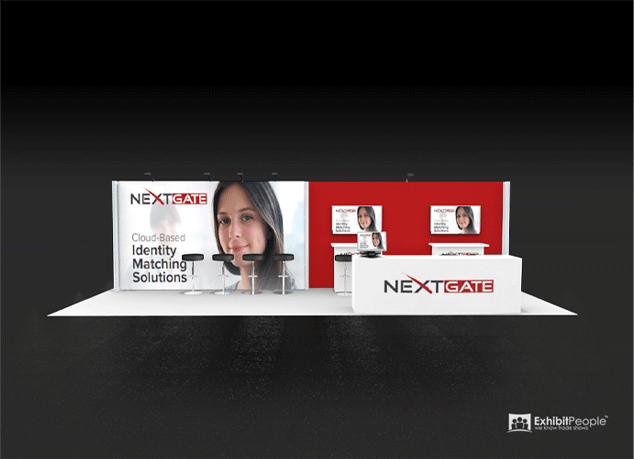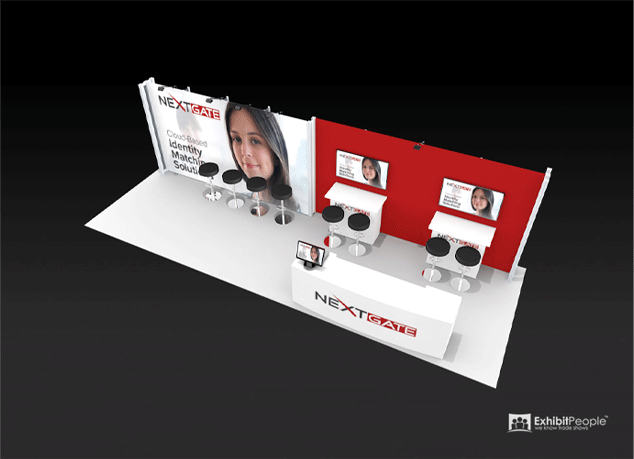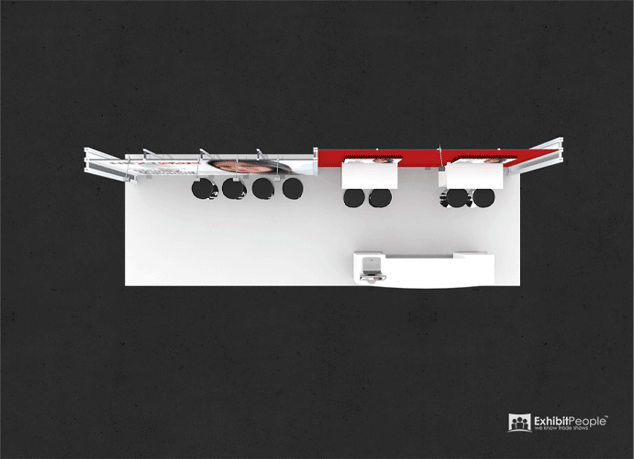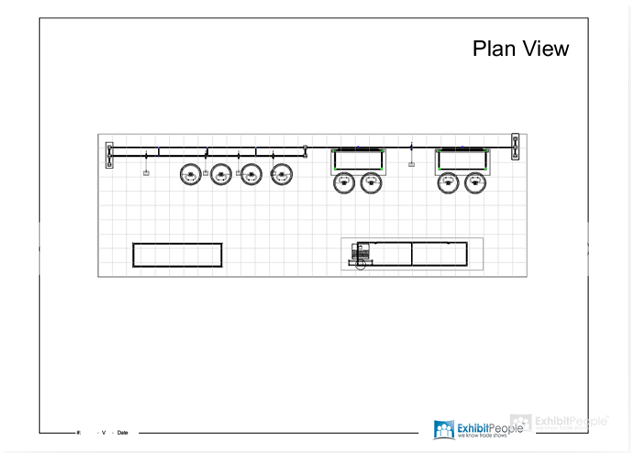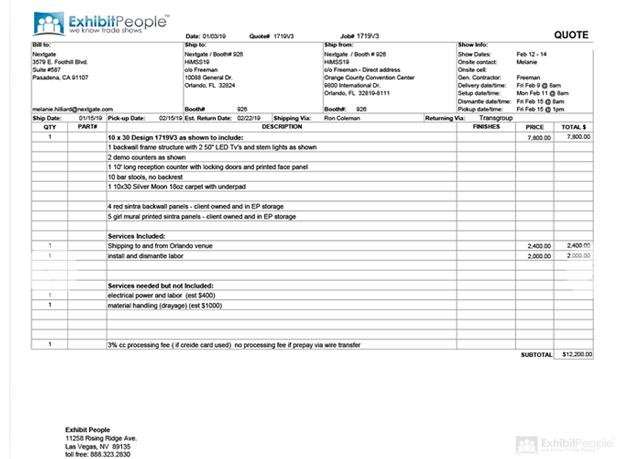Trade Show Industry Growth Before COVID-19
Were Trade Shows growing before COVID-19? Are trade shows on the decline?
With vaccines in the final testing phases, and trade shows restarting just around the corner, this is probably a good time to explore the question of what direction the trade show industry was headed before coronavirus, and whether they’re still relevant in today’s post-COVID-19 business world.
It’s now been roughly 8 months since news of coronavirus first halted live events and the trade show industry. We can now reasonably look back and ask ourselves if trade shows had run their course COVID-19, and if coronavirus simply opened up the way for a better solution in the form of virtual meetings.
Virtual Events:
Will virtual shows replace live events?
Just months ago, this would’ve been a heated debate topic. Plenty of people hoped that virtual events could somehow create and retain the energy and focus of live events, while leveraging modern communication technology to give Exhibitors and Attendees a better experience at a much lower cost. This had not yet been put to the test… until recently.
The cost benefit of trade shows has long been under scrutiny, much like most advertising expenses. We know trade shows are about networking, promoting new innovations, and making new contacts. Quite often though, sales follow indirectly, and it’s hard to pinpoint the return on that investment. It’s true that trade show investments generally make more sense when you truly have something impressive that attendees will respond to. You could say that trade shows are successful because impressive and impactful demonstrations are easier to achieve in person. However, in exchange for this live presence, trade shows can easily cost a company tens of thousands of dollars, and in many cases hundreds of thousands of dollars. By contrast, virtual shows offer more convenience at a lower cost to both Exhibitors and Attendees, translating to less risk on the investment.
If you happened to be a company that had developed a virtual event platform, the live event restrictions placed during the coronavirus pandemic were truthfully a lucky break for your new emerging tech business. Coronavirus gave the companies in this new platform an opportunity to show what they could do with almost no competition from the live marketing side of things. Many shows have gone virtual since around June, and will likely continue to be virtual through March 2021. CES, arguably the best known trade show in the world, plans to go virtual this January 2021.
To see where this new type of event is headed, you need to take a look at what exactly a virtual trade show is. How does it really differ from a collection of webinars and an expanded online exhibitor directory? The answer to that is very fuzzy for many of these so-called virtual shows. For the most part, the whole experience amounts to an expanded online exhibitor directory with a series of webinars and online hosted breakout meetings.
The feedback we are hearing is that these virtual events simply have a hard time creating the energy and excitement that live events create. Yes, you can find buyers and sellers and listen to industry experts, but you could do that online anyway without an organized virtual event. Live event excitement and energy seem to translate into more focus and better results.
In my opinion, the message between the lines is that virtual shows are an acceptable temporary solution until a coronavirus vaccine arrives. However, they are not a long-term solution capable of reviving the trade show industry as we knew it. It’s likely that most trade show associations will emerge from this producing live events that are enhanced with online support, keynote speakers breakout sessions and expanded searchable exhibitor directories.
Growth in Exhibition Space:
So, to the question of whether trade shows were on the decline before coronavirus, let’s look at one easy indicator: new trade show venue construction prior to COVID-19.
Unless you’re an Insider, you may not know that the Las Vegas Convention Center was due to host its largest ever show this January with the addition of more than 600,000 ft.² . The Las Vegas Convention Center took over an adjacent property which used to be the Riviera on the Las Vegas Strip. Now, what used to be a few blocks off the strip is now a much larger, prime location on Las Vegas Strip. Elon Musk and Boring Company’s new and exciting underground transport tunnels have been added, featuring futuristic Tesla vehicles whisking 4,000 people per hour from one expo hall to the other, with plans to expand all over the strip. If you haven’t seen any pictures of this new convention center, it’s worth a look. The beautifully impressive architecture is already attracting several associations that are excited to host a trade show in a facility with so much to offer.
As if that wasn’t enough, Caesars Entertainment has constructed a new 550,000 ft.² exhibition hall directly behind the popular Sands Expo Center. Both of these facilities are on the Las Vegas strip, with thousands of hotel rooms and restaurants lining the strip close by. The new Caesars Forum’s first show is scheduled to be the 2021 Shot Show mid-January, in just a few months.
To keep things in perspective for Las Vegas, let’s not forget Mandalay Bay added 350,000 ft.² to their convention center just two years ago.
Now, before you start thinking “OK all the shows are just condensing in Las Vegas,” let’s take a look at Orlando’s trade show presence. In 2019, Orlando was planning towards the largest convention center in the United States. That new building, now on hold due to COVID-19, would have added 930,000 ft.² of additional exhibition space.
Without looking too deeply, it’s easy to see that the exhibition industry was poised to evolve and emerge stronger than ever, prior to COVID-19. Some trade shows have become tremendously large, requiring tradeshow cities such as Las Vegas and Orlando to adapt in order to provide enough hotels, restaurants, taxis and other support services for a huge influx of business professionals. Taking a broad look at the industry, considering all of the convention space in what might be called primary and secondary tradeshow cities, adding in all the other smaller markets across the country like Denver, Dallas and Boston, and layering on the new added space in primary tradeshow cities, you can see a huge commitment to face-to-face marketing. Growth is trending toward handling even more future shows than in the past.
For our small company, building custom trade show rentals, 2020 started off looking like it would be our best year ever. We know this was also true with many competitors. There’s a bit of an intangible draw associated with a live event that we saw growing at an exponential rate. It has to do with stepping away from your daily routine, traveling to an exciting city, and rubbing elbows with competitors, vendors, suppliers and colleagues. We’ve done tradeshows for 30 years and we are quite convinced that much of what you accomplish at a trade show happens outside show hall hours, maybe during install, maybe the morning before show opens up, maybe late-night evenings out bonding with new colleagues and customers.
As I write this I’m sitting at an outdoor café in Las Vegas that, in my community, is by far the most popular and busy place on a Wednesday late-morning. All of us here in this café could have easily stayed home and had our coffee, so why are we here? Turns out, what humans really want is to be around other humans. The future of trade shows and the answers to our questions lie within that simple fact.
Related link: Tradeshows Today: What a Difference a Year Makes
Related link: Why We Are Wired to Connect
Related link: New Exposition Center to Open in Green Bay 2021

